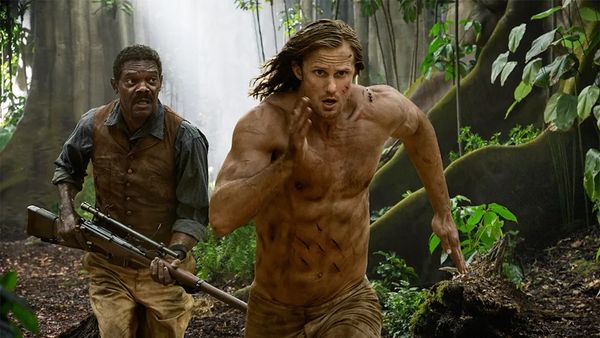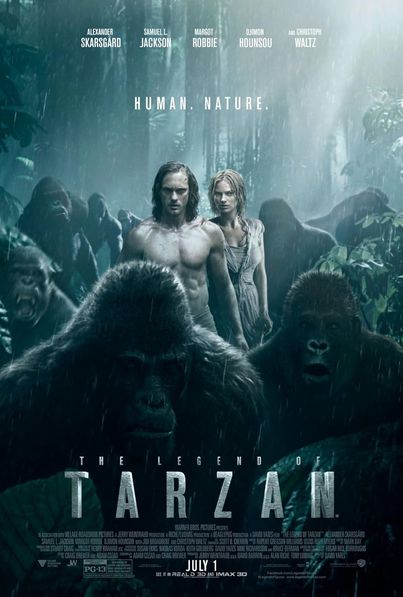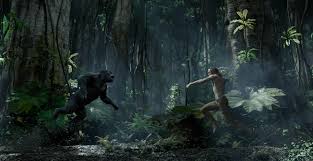The Legend of Tarzan (2016)

The Legend of Tarzan, released in 2016 and directed by David Yates, is a visually stunning adventure film that reimagines the classic tale of Tarzan, the iconic character created by Edgar Rice Burroughs. Starring Alexander Skarsgård as Tarzan and Margot Robbie as Jane Porter, the film blends action, romance, and themes of colonialism, offering a fresh perspective on a well-known story.
Set years after Tarzan has left the jungle to live as John Clayton III, Lord Greystoke, in Victorian England, the film opens with Tarzan leading a life of luxury, distanced from his animal roots. However, he is soon drawn back to Africa when King Leopold II of Belgium sends an envoy, George Washington Williams (played by Samuel L. Jackson), to investigate the exploitation and atrocities happening in the Congo. Williams enlists Tarzan’s help, hoping to uncover the truth behind the colonial exploitation and the fate of the Congolese people.

As Tarzan returns to the jungle, the film explores his dual identity: the civilized man and the wild beast. His journey back to Africa is not just a physical one but also a psychological return to his true self. The lush visuals of the African landscape serve as a backdrop for his struggle, showcasing both the beauty of nature and the darkness of human greed and exploitation.

The film’s narrative is interwoven with flashbacks that reveal Tarzan’s upbringing among the apes, highlighting his unique connection to the animal kingdom and setting the stage for his legendary status. These sequences serve to deepen the character’s backstory, illustrating the bond he shares with the jungle and its inhabitants.

The antagonist of the film, Captain Rom (played by Christoph Waltz), embodies the ruthless colonial forces, seeking to capture Tarzan and exploit the resources of the Congo for profit. His character adds a layer of tension to the narrative, as Tarzan must confront the destructive impact of colonialism and fight to protect his home and the people he cares for. The conflict between Tarzan and Rom serves as a commentary on the consequences of imperialism and the exploitation of indigenous lands.

Margot Robbie’s portrayal of Jane adds emotional depth to the story. She is depicted as a strong and independent woman, not merely a damsel in distress. Jane’s character evolves throughout the film, showcasing her resilience and bravery as she navigates the dangers of the jungle alongside Tarzan.
The film’s visuals are a standout feature, with Yates skillfully blending CGI and practical effects to create breathtaking action sequences and vibrant jungle scenes. The cinematography captures the majesty of the African wilderness, immersing viewers in Tarzan’s world. The action is dynamic and engaging, featuring thrilling sequences that highlight Tarzan’s agility and strength.
The score, composed by Rupert Gregson-Williams, enhances the film’s emotional resonance, blending orchestral elements with African musical influences to create a rich auditory experience that complements the visual storytelling.
Upon its release, The Legend of Tarzan received mixed reviews from critics, with some praising its visuals and performances while others found fault with its pacing and narrative depth. However, it has garnered a following for its adventurous spirit and fresh take on a classic character.
In conclusion, The Legend of Tarzan is an ambitious reimagining of the iconic tale that explores themes of identity, colonialism, and the connection between humanity and nature. Through its captivating visuals, strong performances, and engaging narrative, the film invites viewers to rediscover the legend of Tarzan in a way that resonates with contemporary audiences. As Tarzan confronts the challenges of his past and the realities of his present, the film ultimately serves as a reminder of the enduring power of love, loyalty, and the fight for justice.











